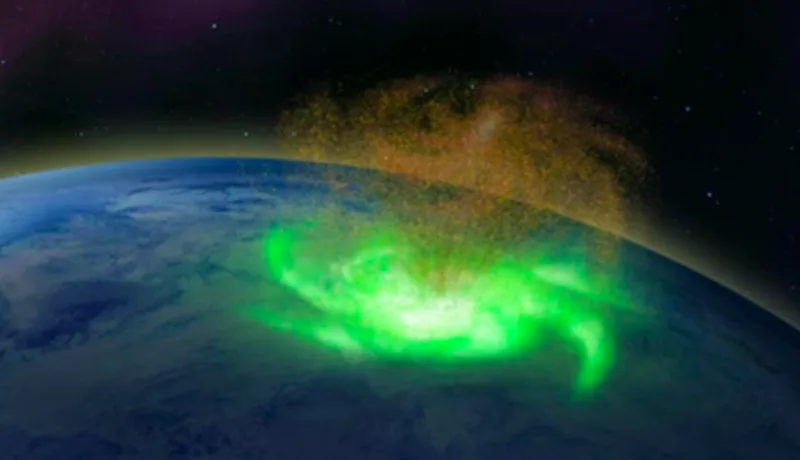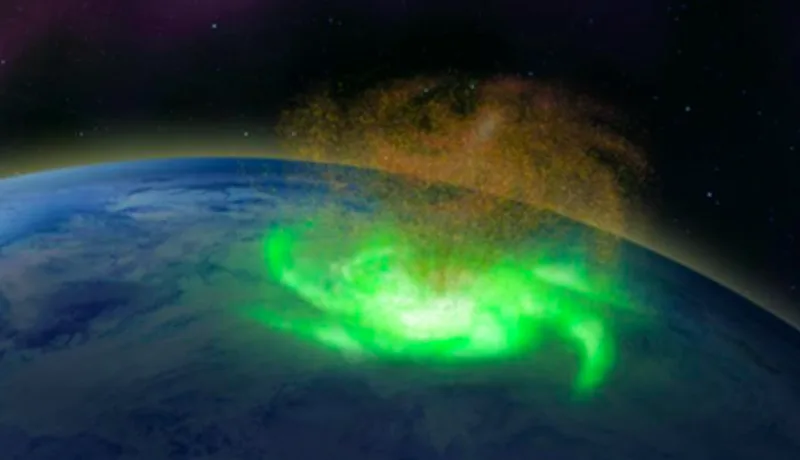
Sprawling 'space hurricane' detected in Earth's upper atmosphere
The feature sprawled across 1,000 km in Earth's upper atmosphere in the summer of 2014, and lasted for around eight hours.
Earth’s hurricanes are impressive on their own, but they pale in comparison to the newly-discovered monster that swirled far above our heads in the summer of 2014.
Researchers at Shandong University in China and the U.K.’s University of Reading have described what they call a “space hurricane,” which happened in August of that year but was only discovered retrospectively. And it was enormous, a thousand-kilometre wide “mass of plasma” with multiple spiral arms, spinning counter-clockwise hundreds of kilometres above the North Pole. The phenomenon lasted around eight hours before dissipating.
“Until now, it was uncertain that space plasma hurricanes even existed, so to prove this with such a striking observation is incredible,” Reading Prof. Mike Lockwood said in a release from the university.
The scientists used satellite observations and magnetosphere modelling to produce images of the hurricane.

Credit: Qing-He Zhang, Shandong University
Though called a space “hurricane,” the phenomenon is obviously very different from terrestrial hurricanes. Rather than an area of deep low pressure fuelled by tropical moisture, the feature described by the scientists occurs high in the Earth’s ionosphere, and its “rains” are of electrons, not water droplets.
“Tropical storms are associated with huge amounts of energy, and these space hurricanes must be created by unusually large and rapid transfer of solar wind energy and charged particles into the Earth’s upper atmosphere,” Lockwood said.
What’s additionally remarkable about this space hurricane, the researchers say, was that it occurred during a relatively quiet period of geomagnetic activity, making it likely that they are more common in the solar system. That, they say, highlights the need for improved space weather monitoring, ahead of potentially disruptive impacts to some of Earth’s communications.
“The space hurricane opens a rapid energy transfer channel from space to the ionosphere and thermosphere, and would be expected to lead to important space weather effects like increased satellite drag, disturbances in High Frequency (HF) radio communications, and increased errors in over-the-horizon radar location, satellite navigation, and communication systems,” they write in the paper itself, which was published in Nature Communications.
